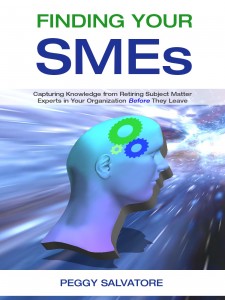We touched on this idea in an earlier blog, and “this idea” is that to stay competitive in a rapidly changing industrial environment, you need to focus on the business you are really in. The example was Kodak, that once shining icon of great invention that lost its luster when it failed to identify its core mission. Read the Kodak blog here.
Why is this important in relation to your corporate expertise? Simply, you must make a clear-headed decision about whether today’s expertise is relevant tomorrow because you will have to dedicate your valuable, finite resources to capture and retain it. This important decision is cause for some crystal ball gazing, for sure, but it is important work as you decide to put energy, time and money into making training and talent development decisions in your organization.
I was reminded of this critical decision today when I stumbled on this article in strategy+business titled “The End of Conventional Industry Sectors”. Here’s the link.
The article discusses how basic industries, particularly in the manufacturing sector, are evolving their business models to respond to a different culture spurred in part by exponential leaps in technology. For example, car manufacturers are reimagining themselves as the providers of on-demand mobility which may – or may not – involve owning a personal mobility device (eg. a car, for those of you following along on the home game).
The call to action to remain competitive is to think of your company in terms of the outcomes that it provides to its customers which may or may not involve the current products and services you offer. Had Kodak expanded its awareness that it was providing memory capture, as opposed to film and chemicals, it might have soared in the age of digital cameras rather than ceding the field to companies that made cellular phones and photocopiers.
As you assess the knowledge that you must capture and retain, consider the gems that reside in departments focused on the customer, especially sales. What do they know about your customers’ needs that may elude the design department that is focused on the body design of the latest model year car? Download the information from your sales and marketing people, survey your boards of directors, ask your CFO what’s rising, what’s falling and do they know why?
Beyond R&D and manufacturing, think about your future customers when you determine the kinds of knowledge that you need to retain and (dare I say?) exploit to remain competitive.
I also want to thank the great team at AmpTech in Malvern PA for hosting our workshop. Thanks to Drew Ortyn, Simon Kassas, Summer Kumar and Natalie Haritonow for arranging everything. We hope to be back with more topics soon.

